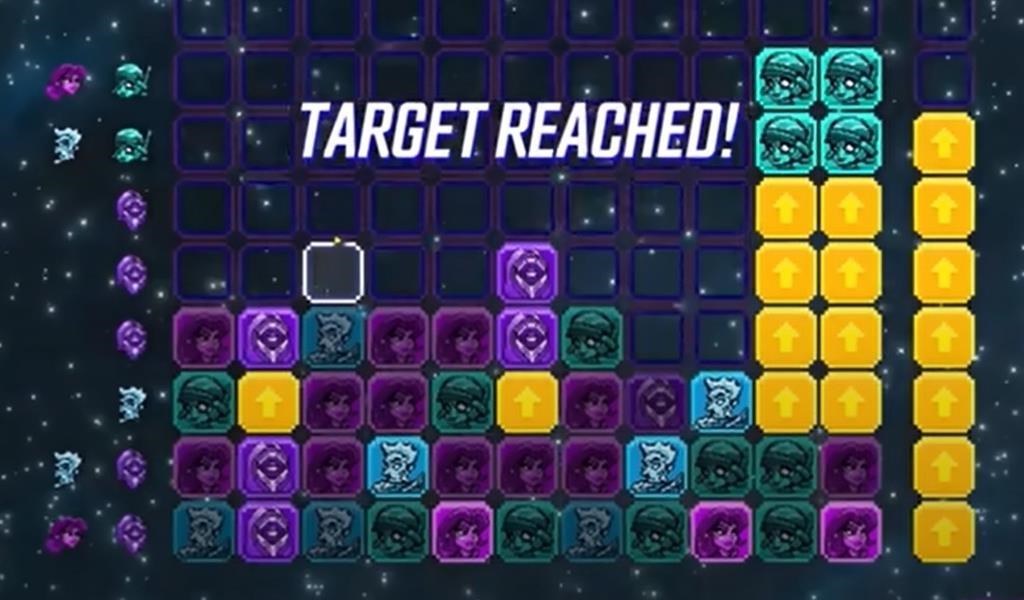MONTREAL – Millions of video game fans turned into scientists, for a few moments, and helped better understand the gut microbiome, as part of a project led by a McGill University researcher.
The Borderlands Science mini-game, which is similar to the legendary Tetris game, has been integrated into Borderlands 3, a first-person shooter developed by Gearbox.
By grouping similar elements together, participants in this citizen science initiative have helped shed light on the evolutionary relationships of more than a million species of bacteria that live in the gut and dramatically improve appreciation of the relationships among these microbes.
“Players have helped us improve the analysis of DNA fragments from millions of microbes,” explained the study's lead author, Professor Jerome Valdespol, from McGill University's School of Computer Science. We wanted to compare these parts to understand the evolution of the relationship between species.
It has been said that humans are capable of tackling problems that even the most successful known computer algorithms have failed to solve.
Professor Valdespol explained that usually a human or a team of humans reviews the results generated by artificial intelligence to correct errors that inevitably arise. But in this case, the amount of data to be analyzed was so enormous that we chose to break it into pieces that were then presented to players in the form of a puzzle.
Players then had to group the parts they thought were most similar. The researchers then checked whether there was consensus among the participants regarding the observed similarities.
“For example, if 80 out of 100 players identify the same pattern, that's a good indicator for us that it's potentially something interesting,” Professor Valdespol explained.
expected
Borderlands Science was presented to players as an arcade game that they could access during a break in play, such as while their character was healing or when their friends were away on a quest.
A three-minute video hosted by actress Mayim Bialik showed that they were about to contribute to a science project.
The actress explains that the data generated will be presented to the entire scientific community and that “the research could directly lead to a global catalog of all known microbes, which could lead to new breakthroughs in the fields of food, medicine and physical exercise.”
Participating players also earned them “currency” which they could then spend to improve their character.
“I don't have data to validate this, but my feeling is that it has enhanced players' desire to participate (…) because the time they spend playing will be used to do good things,” Professor Valdespol said.
We emphasize that the data it has made possible to collect represents a “huge increase” compared to that previously collected on the microbiome. In half a day, Borderlands Science players collected five times more data on microbial DNA sequences than participants in the previous game, Phylo, collected in ten years, Professor Valdespol said.
A press release explained that the results of the project “will significantly enrich knowledge of the microbiome and make it possible to improve artificial intelligence programs used in this field.”
Analysis of the gut microbiome and its links to various aspects of health is a thriving topic, and we are just beginning to unravel its secrets. In recent years, researchers have discovered potential links between the microbiome and disorders as diverse as Alzheimer's disease, eye health, and various inflammatory diseases.
The researchers explained that evolution provides valuable information about the function of living organisms. They say that by mapping the lineages of microorganisms, we can better understand the role they play in the body and environment.
In addition to collaborating with Gearbox and Massively Multiplayer Online Science (MMOS), a Swiss computing company that builds bridges between science and video games, the project leveraged the expertise and genomic materials of the Microsetta Initiative led by Rob Knight, professor of genomics. Departments of Pediatrics, Biological Engineering, and Computer Science and Engineering at the University of California, San Diego.
“There are a lot of people who don't study science because they were told, when they were young, that it was too complicated,” lamented Professor Valdespol. “They have become disconnected from science.”
But because we go to them and introduce them to the science of what they do every day, they won't put up a mental barrier to say it's too complicated and they'll find themselves engaged in the science without even realizing it, and it will create passion in them.
“They will realize that it's not that complicated, that it can actually be fun and they will love it,” the researcher said. For my part, I hope, however, that this will help restore public confidence in science.
The idea to incorporate DNA analysis into a mainstream commercial video game came from Attila Szantner, an associate professor in the School of Computer Science at McGill University and the CEO and co-founder of MMOS.
The results of this study were published in the scientific journal Nature Biotechnology.

“Hardcore beer fanatic. Falls down a lot. Professional coffee fan. Music ninja.”







More Stories
Two ways to fix the bug that prevents you from sending videos
Google has registered a trademark on the name of the AI-generating camera in its next smartphone
Opening concert of the Lanaudiere Festival: Farah Alipay will take us on a journey into space